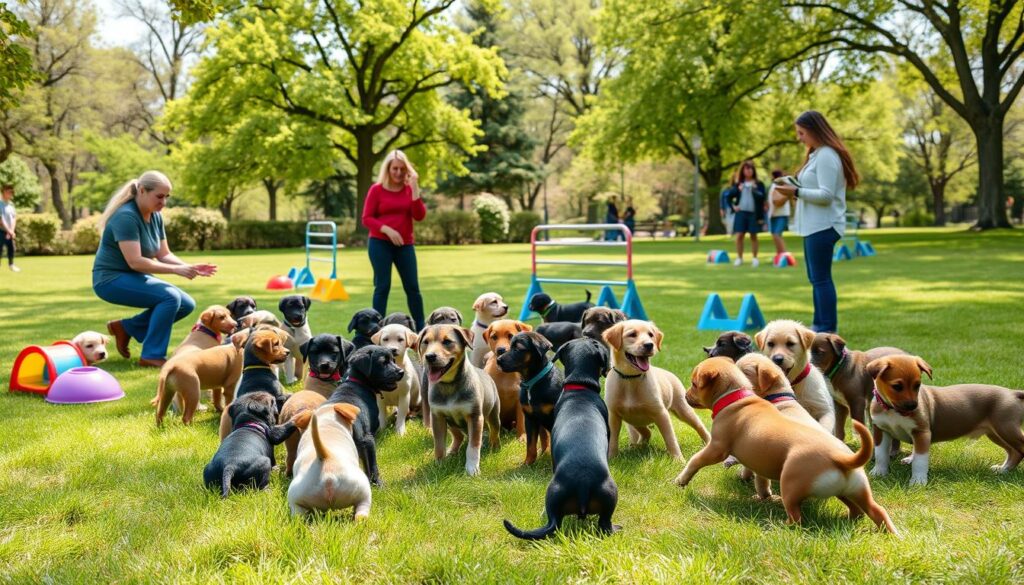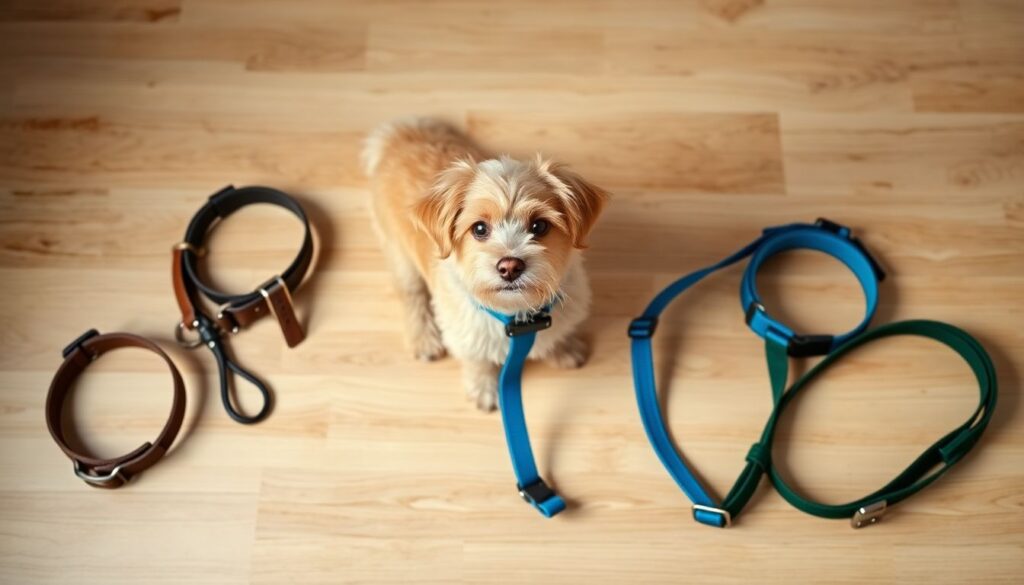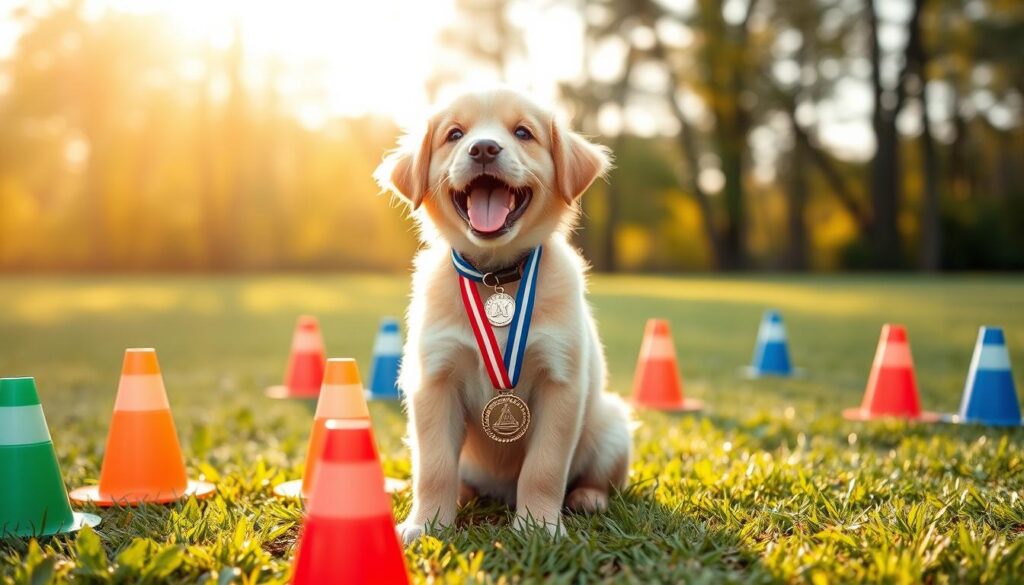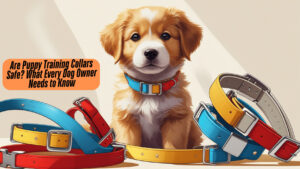Training a puppy can be one of the most rewarding experiences for any pet owner. Imagine a tiny furball named Max, who once dashed away at every sound, now eagerly returns at the sound of his owner’s voice, thanks to collar training. Many pet owners face hurdles like pulling on the leash, distractions, and even anxiety in their puppies. However, with the right techniques and tools, puppy training can lead to remarkable outcomes.
This article aims to provide expert insights on how to train your puppy effectively using collars.
Choosing the Right Collar for Your Puppy
Different Collar Types
There are several types of collars that suit different training needs:
- Flat Collars: Great for ID tags and everyday wear. They may not be effective for strong pullers.
- Harnesses: Ideal for leash training as they distribute pressure. Good for puppies prone to choking.
- Head Halters: Perfect for controlling strong or excitable dogs. They help manage pulling but require some adjustment.
Size and Fit
A collar should fit snugly without causing discomfort.
- Measure: Use a tape to measure around your puppy’s neck.
- Adjustment: You should be able to fit two fingers under the collar.
Material Considerations
Different materials work better for various breeds and temperaments:
- Nylon: Lightweight and affordable, but may not last for heavy chewers.
- Leather: Durable and stylish but can be expensive.
- Reflective Materials: Great for visibility during walks at night.
Basic Obedience Training with a Collar

Leash Training Basics
Establishing good leash manners is crucial. Teach your puppy commands such as:
- Heel: Walking close to your side.
- Sit: A basic command for calmness.
- Stay: Teaching them to hold their position.
Positive Reinforcement Techniques
Using treats and praise encourages good behavior. Research shows that reward-based methods increase compliance by over 80%.
- Rewards: Use small treats your puppy enjoys.
- Praise: Verbal affirmations help build confidence.
Handling and Control
Proper leash handling aids in controlling your puppy.
- Hold the leash firmly; this helps guide them.
- Use gentle corrections if they pull, redirecting back to you.
Addressing Common Collar Training Challenges

Pulling on the Leash
This is a common challenge many puppy owners face. To reduce pulling:
- Stop Moving: Every time your puppy pulls, halt until they return to your side.
- Change Directions: Guide them back toward you if they get ahead.
Some owners have reported a significant decrease in pulling by using these techniques consistently.
Collar Irritation
To prevent skin irritation:
- Choose the Right Size: Ensure it’s not too tight.
- Regularly Inspect: Check for any signs of wear or discomfort.
Experts recommend avoiding collars for very sensitive breeds, opting for a harness instead.
Fear and Anxiety
For anxious puppies:
- Use a Soft Collar: A gentler material may reduce discomfort.
- Slow Introductions: Gradually expose them to the collar before walks.
Consult professionals for tailored strategies.
Advanced Collar Training Techniques
Recall Training with a Collar
Teaching a reliable recall is vital. Use the collar and positive reinforcement to:
- Call Your Puppy: Use their name enthusiastically.
- Reward Them: Immediate praise or treats when they return.
Loose-Leash Walking
To achieve this, follow these steps:
- Start Indoors: Practice in a distraction-free setting.
- Reward Good Behavior: Whenever they walk beside you, give them a treat.
Specialized Collars for Specific Behaviors
Some puppies may need specialized collars for behaviors such as excessive pulling. Expert opinion suggests using head halters carefully, ensuring they fit properly to avoid discomfort.
Safety and Responsible Collar Use

Collar Check Routine
Make it a habit to check your puppy’s collar regularly for wear and proper fit.
Avoiding Choking Hazards
Always ensure your puppy’s collar is used correctly to prevent choking or injury. Never leave them unattended with a collar on when possible.
Veterinarian Consultation
If you have concerns about collar use or notice any training-related injuries, consult your veterinarian for advice.
Conclusion
Effective puppy collar training involves choosing the right equipment, understanding proper techniques, and maintaining safety. Starting with basic obedience, you can lead your puppy to become a well-mannered companion.
Don’t hesitate to share your puppy training experiences or ask questions in the comments below. Let’s learn together and enjoy the journey of training our furry friends!




